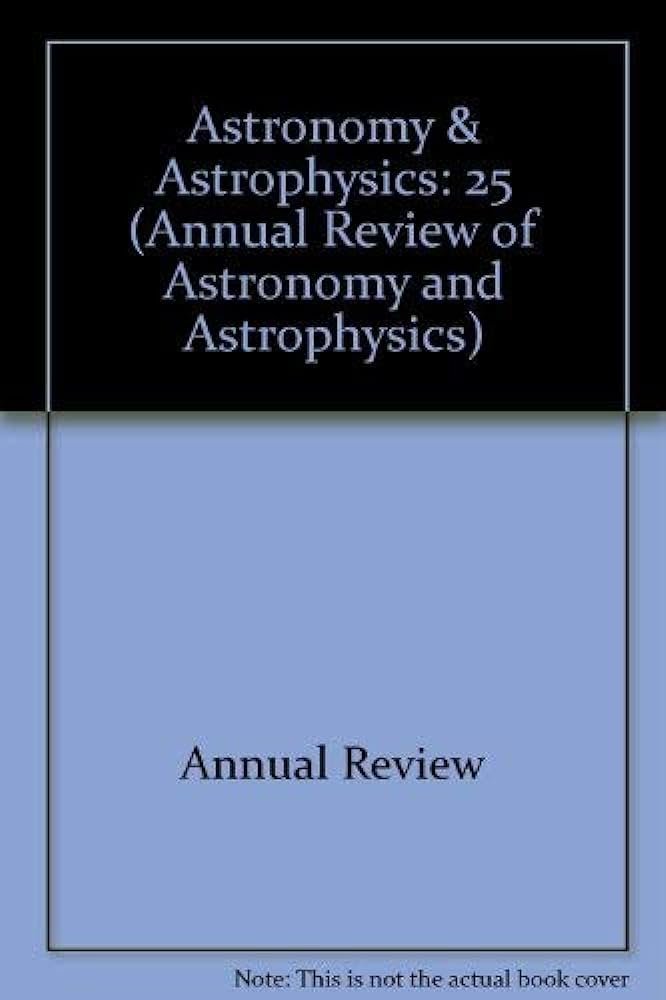许多 H0 的故事
IF 32.5
1区 物理与天体物理
Q1 ASTRONOMY & ASTROPHYSICS
Annual Review of Astronomy and Astrophysics
Pub Date : 2024-07-23
DOI:10.1146/annurev-astro-052622-033813
引用次数: 0
摘要
哈勃参数 H0 并不是一个统一定义的量:它关系到近宇宙的红移和距离,同时也是ΛCDM 标准宇宙学模型的一个关键参数。因此,H0 影响着不同宇宙纪元的多个物理过程和多个观测指标。我们统计了十几个 H0,如果(a)数据及其解释没有明显的系统性;(b)所采用的宇宙学模型是正确的,那么这些 H0 是一致的。这似乎是一个锚的问题。除了数据/分析的系统性之外,如果模型不正确,只有两种可行的 "修正 "方法:改变早期时间(z ≳ 1,100)的物理学,从而改变早期时间的归一化;或者进行全局性的修改,可能会触及模型的基本假设(如均质性、各向同性、引力)。研究界二十年来一直在积极寻找与ΛCDM的偏差;我们可能发现的偏差让我们希望能把精灵放回瓶子里。本文章由计算机程序翻译,如有差异,请以英文原文为准。
A Tale of Many H0
▪The Hubble parameter, H0, is not an univocally defined quantity: It relates redshifts to distances in the near Universe, but it is also a key parameter of the ΛCDM standard cosmological model. As such, H0 affects several physical processes at different cosmic epochs and multiple observables. We have counted more than a dozen H0s that are expected to agree if (a) there are no significant systematics in the data and their interpretation and (b) the adopted cosmological model is correct.▪With few exceptions (proverbially confirming the rule), these determinations do not agree at high statistical significance; their values cluster around two camps: the low (68 km s1 Mpc1) and high (73 km s1 Mpc1) camps. It appears to be a matter of anchors. The shape of the Universe expansion history agrees with the model; it is the normalizations that disagree.▪Beyond systematics in the data/analysis, if the model is incorrect, there are only two viable ways to “fix” it: by changing the early time (z ≳ 1,100) physics and, thus, the early time normalization or by a global modification, possibly touching the model's fundamental assumptions (e.g., homogeneity, isotropy, gravity). None of these three options has the consensus of the community.▪The research community has been actively looking for deviations from ΛCDM for two decades; the one we might have found makes us wish we could put the genie back in the bottle.
求助全文
通过发布文献求助,成功后即可免费获取论文全文。
去求助
来源期刊

Annual Review of Astronomy and Astrophysics
地学天文-天文与天体物理
CiteScore
54.80
自引率
0.60%
发文量
14
期刊介绍:
The Annual Review of Astronomy and Astrophysics is covers significant developments in the field of astronomy and astrophysics including:The Sun,Solar system and extrasolar planets,Stars,Interstellar medium,Galaxy and galaxies,Active galactic nuclei,Cosmology,Instrumentation and techniques,
History of the development of new areas of research.
 求助内容:
求助内容: 应助结果提醒方式:
应助结果提醒方式:


